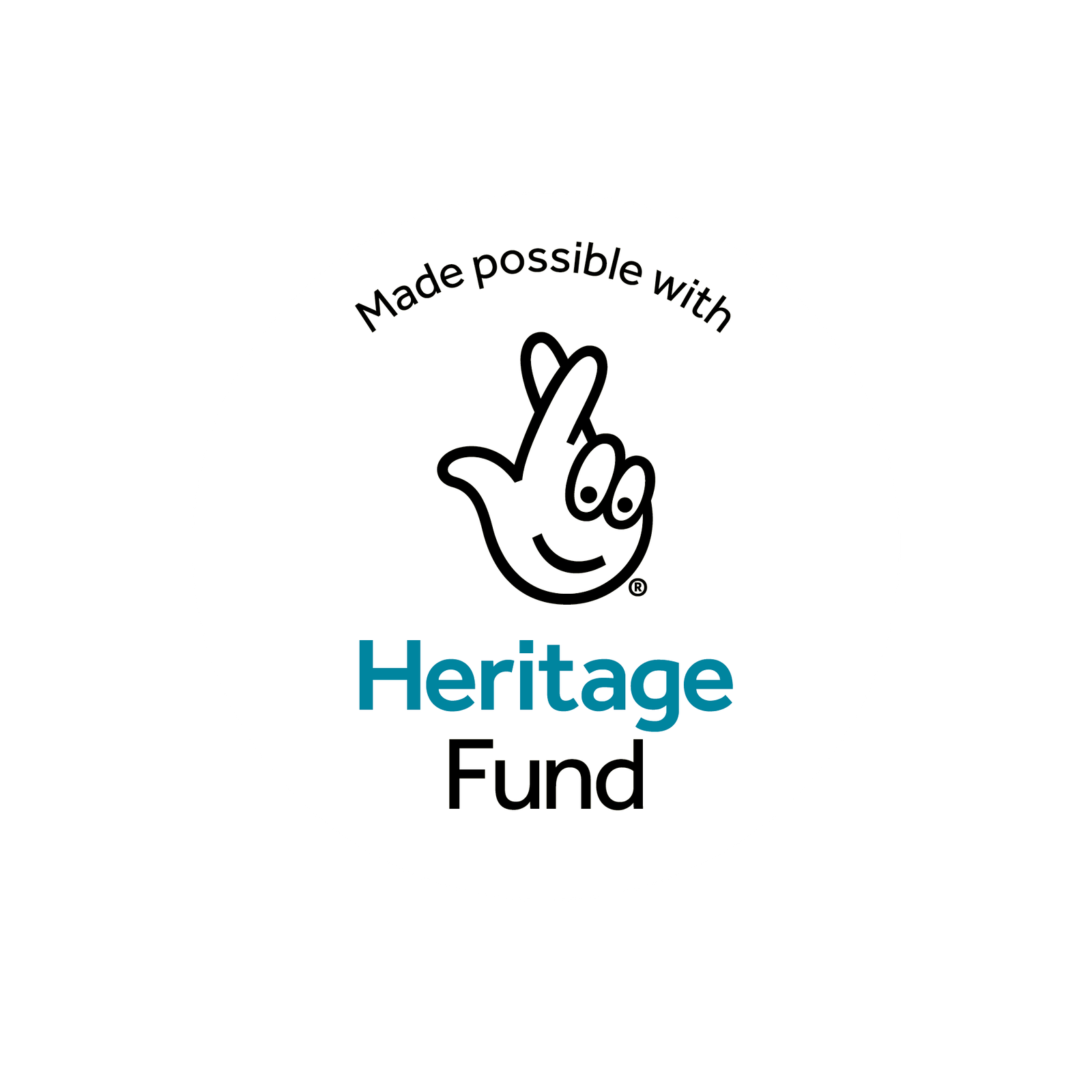Harcourt Road For Clara & Gum From C & G Artpartment

Clara: Living in Hong Kong, if you don’t drive, your understanding of its urban geography would mostly be anchored in the names of buildings, shopping centres and subway stations. During the Umbrella Movement in 2014, I started to navigate the city of Hong Kong by street names and cardinal directions.
Gum: My knowledge of Harcourt Road dates back to the early 1990s when my Sharp walkman broke down. I went to Admiralty Centre on Harcourt Road to get it repaired. I came to know of Harcourt Road then and learned how to pronounce the Chinese character of “Court/慤 ” after looking it up in a dictionary.
Harcourt Road in Hong Kong was named after Admiral Sir Cecil Halliday Jepson Harcourt who represented Hong Kong to accept Japan’s apology at the end of WWII.
Large-scale demonstrations calling out the misdeeds of the Hong Kong government have been taking place since 2003 annually, on July 1st. The route used to start at Victoria Park in Causeway Bay and would end at the Government Headquarters in Central. The headquarters relocated to Harcourt Road in August 2011, and the protest route has also since been changed to reflect that.
The Umbrella Movement erupted on Harcourt Road on September 28, 2014. The call for universal suffrage resulted in a 79-day-long occupation of several major commercial districts, including Harcourt Road. As one of the first major sites of protests, it was a focal point for police efforts; 87 tear-gas canisters were fired in one afternoon. This was soon followed by the occupation of Nathan Road in Mong Kok and the roads around the popular department store Sogo, on Hennessy Road in Causeway Bay.
Harcourt Road in Hong Kong is a wide road with eight lanes of traffic. During the Umbrella Movement, it was occupied by tents and sleeping bags, with infrastructure that included a student library, town halls for civic discussion and a platform for open air concerts as well as other community activities. For 79 days, Harcourt Road was the people’s square until the movement was forcibly evicted. A long yellow banner stating “we will be back” hung over Harcourt Road on the last night.
These are facts.
After 2014, the Chinese Communist Party tightened its control over Hong Kong, failing still to deliver universal suffrage in the city. When the Extradition Law was enforced five years later in 2019, Hongkongers returned to the streets and, instead of occupying sites, moved fluidly through the city under the motto “Be Water”.
Harcourt Road continued to be an important site of confrontation between protesters and the police, who used so much tear gas that they stopped announcing the number of rounds they fired. As we encountered the street sign for Harcourt Road under a shady tree in Sheffield, the scenes came flooding back: running together with other Hongkongers, sweaty, fearful and courageous, amid the smell of tear gas.
To us, Harcourt Road has become synonymous with political struggle.
After we moved to Sheffield, England in 2021, we noticed and recognised the familiar names of streets. When we passed by Sheffield’s Harcourt Road, we were immediately brought back to the struggles despite the tree-shaded paths and terraced houses in front of us.
We hope this comparative heritage project can invite curiosity about the stories of the Harcourt Roads as well as encourage the sharing of stories about community organising.
Interestingly, the street signs for Harcourt Road in Hong Kong have three different variations of the character 慤 / 愨 / 𢡱 (sounds like “Kok”). We don’t know which one is the most original. When we translate Sheffield’s Harcourt Road into traditional Chinese characters, which “Kok” should we use?
